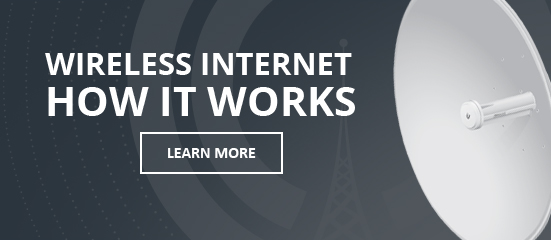View Our Coverage Map
By Filling Out the Form
About Our Wireless Internet
First Step has established a comprehensive wireless network with numerous access points throughout Eastern Washington and North Central Idaho. These access points broadcast and receive microwave signals that deliver high-speed Internet service to antennas mounted on homes or buildings, without the need for phone or cable lines. Service is delivered using the IEEE 802.11 standard, also known as WiFi, operating in the 5Ghz or 2.4Ghz frequency. In addition to WiFi service, First Step Internet also offers business-class service using licensed or unlicensed equipment and can cater a speed package that fits your needs.From the distribution point, data is transferred to and from the First Step facilities in Moscow, Idaho, utilizing a high capacity backbone connection. For critical core links in the network, First Step has deployed high capacity FCC licensed paths that can deliver up to 100mbps or more full duplex speeds. In select locations, existing fiber optic lines are used to network access points as well.
The 2.4ghz and 5ghz microwave signals do not bounce off or penetrate obstacles such as trees, buildings, or terrain. This requires clear and unobstructed line-of-sight between the customer's antenna and one of our access points.














